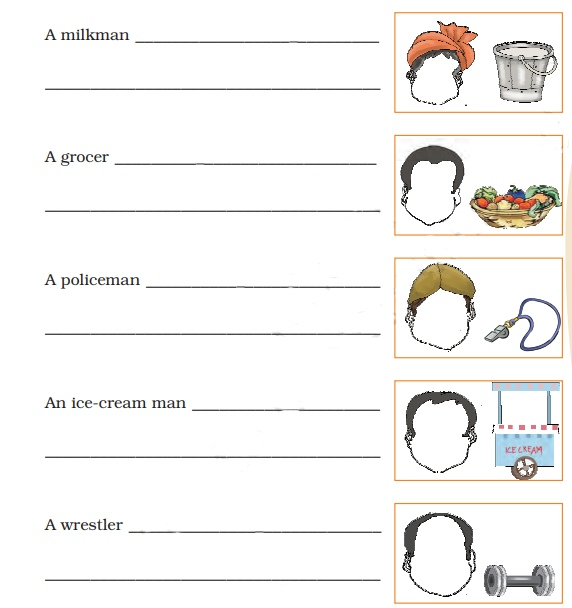The Watering Rhyme And The Donkey Class 4 Questions and Answers - Free PDF Download
FAQs on NCERT Solutions For Class 4 English Marigold (Poem) Chapter 7 The Watering Rhyme And The Donkey - 2025-26
1. What topics are covered in the NCERT Solutions for Class 4 English Chapter 7?
The NCERT Solutions for Class 4 English Chapter 7 provide detailed answers for the two poems in this unit: "The Watering Rhyme" and "The Donkey". The solutions cover all textbook exercises, including comprehension questions, fill-in-the-blanks, vocabulary exercises, and questions based on the poems' themes and messages, ensuring a complete understanding as per the CBSE syllabus.
2. How do the NCERT Solutions explain the main advice given in "The Watering Rhyme"?
The solutions provide a clear, step-by-step explanation of the poet's advice on how to water plants correctly. They highlight the key instructions from the poem, such as watering plants early in the morning or in the evening, and directing water at the roots. This helps students accurately answer questions about the poem's practical message. For a quick recap, you can also refer to the Revision Notes for A Watering Rhyme.
3. What is the correct method for answering questions about the moral of the poem "The Donkey"?
To correctly answer questions about the moral of "The Donkey," you should focus on the theme of kindness and patience. The NCERT solutions guide you to structure your answers by first stating the problem (the donkey won't go) and then explaining the kind solution offered (giving it hay and corn). This method helps you demonstrate a clear understanding of the poem's message that gentleness works better than force.
4. Where can I find the correct answers for the 'new words' section in Chapter 7?
The NCERT Solutions provide accurate answers for all vocabulary and 'new words' sections in Chapter 7. Each word is explained with a simple definition and a sentence to show its correct usage, helping you build your vocabulary effectively. This is part of the comprehensive NCERT Solutions for Class 4 English provided by Vedantu.
5. Why is using structured NCERT Solutions better than just guessing the answers for Chapter 7?
Using structured NCERT Solutions is better because they teach you the correct way to frame an answer according to CBSE guidelines. This ensures your answers are complete, accurate, and earn full marks. Instead of guessing, you learn the logical steps to arrive at the right conclusion, which builds real understanding and confidence for exams.
6. How do the NCERT Solutions for Chapter 7 help identify rhyming words in the poems?
The NCERT Solutions not only help you solve the textbook exercises on rhyming words but also explain the rhyming pattern. For "The Watering Rhyme," the solutions point out pairs like 'high' and 'sky' or 'hour' and 'flower'. This helps you understand how rhyme makes the poem more musical and memorable, improving your overall appreciation of poetry.
7. How can the solutions for "The Donkey" help me explain the importance of being kind to animals?
The solutions for "The Donkey" break down the poem's events to show a clear cause-and-effect relationship. They highlight that instead of punishment, the speaker offers food and patience. By studying these answers, you can learn to form arguments and write thoughtful paragraphs explaining why positive actions (like providing care) are more effective than negative ones (like using force) when interacting with animals.
8. Are the Vedantu NCERT Solutions for Class 4 English Chapter 7 updated for the 2025-26 academic year?
Yes, all NCERT Solutions provided by Vedantu, including those for Class 4 English Chapter 7, are fully updated and aligned with the latest CBSE/NCERT syllabus for the 2025-26 academic session. You can rely on them for accurate and relevant content to support your exam preparation.






























